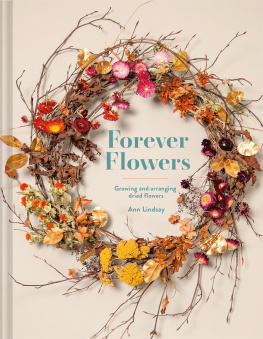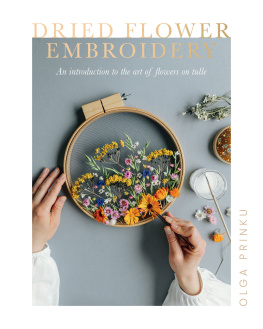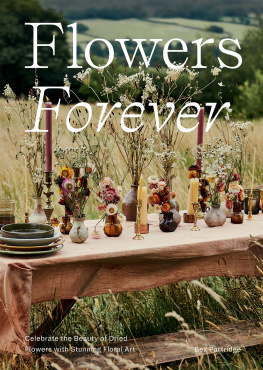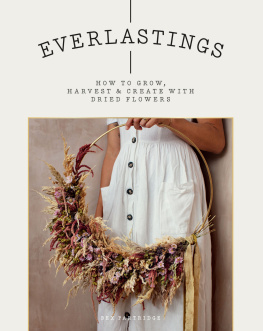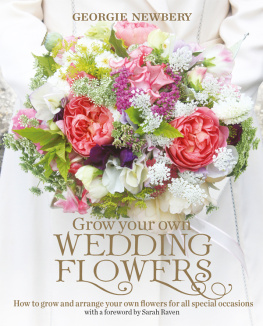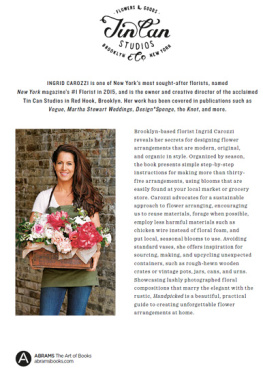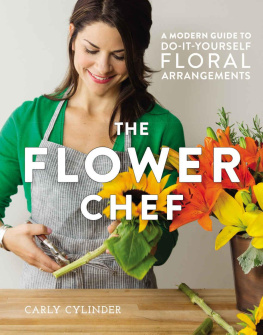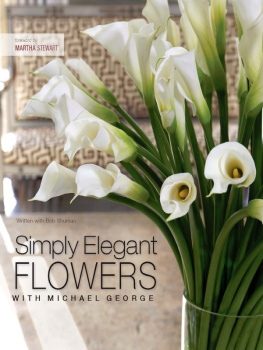Contents
Guide



CONTENTS
INTRODUCTION
I was perched leaning over an old mahogany desk within the library of the Royal Botanic Garden in Edinburgh, gingerly leafing through the very precious 200-year-old diary of an intrepid plant collector. Within the pages of spidery handwriting, the carefully recorded observatory descriptions crept up the edges of the wafer-thin paper, as though to use every inch of space.
Suddenly, a skeletal leaf slid sideways towards the spine of the book, leaving a residue of seeds clinging to the page. Although initially startled, as one is emphatically not supposed to disturb such valuable books, I then gazed at the leaf and pondered. Was I the first person to turn the page since the diarist had inserted the leaf? I was entranced. The lacy leaf was exquisite. Perhaps the seeds might, even now, be viable.
Who had picked this specimen? What memories did it hold? What patch of earth had nurtured something so ethereal? What birds and insects, perhaps, had brushed against this plant?
Gazing at a flower or leaf picked centuries ago, or even months or a year ago, is a magical moment. Memories galore are contained within.
Drying flowers can be just like that. They may not last for centuries, like the leaf I hardly dared breathe upon, but they certainly do last for many moons. And they are light enough for the fairies to hold, as one small girl told me solemnly.
So, in an age where not enough is valued for longevity, drying flowers happily bucks short-sighted trends.
For those with a garden, all summer long there is a delectable surfeit, and then all too abruptly it is over. Flowers in winter seem a real winner in tricking nature and preserving memories and ones handiwork.
Nothing boosts morale better than looking into the midst of a bunch of brilliant helichrysums in late January except a ticket to the Caribbean. But they do require effort and a little know-how. Even seasoned gardeners balk at the idea of which plants to grow, when to pick, how to dry, where to dry them, how to store them and then, finally, how to arrange them. Where on earth do you start?
Well, before you sink your hands into the earth, read the beginning of this book, and the whole subject should become clearer.
The middle sections, on the actual plants to grow, can be dipped into and items picked up from time to time, rather like a cookery book. The plants are listed in alphabetical order under their Latin names, and common names are given in brackets.
The end section is an easy beginners guide to what to do with the plants when they have been grown, picked, hung, pressed and dried.
Whether you have a large garden, a small one, a patio, or just some pot plants, you can still make use of this book.
Ever since that startling moment with the leaf within the old diary, I often enclose a pressed flower within the pages of a book, just to remind myself of when and where I read it. Many an old second-hand gardening book handed on to me has no surprise more heartwarming than the unexpected fluttering out of a few petals and leaves within the relevant chapter; a true connection with the original owner. And nothing seems to please friends and family more than doing the same when offering a book as a present.
DRYING
Flowers
Keep upmost in your mind the word quantity when the idea of drying flowers is about to become a reality; imagine drying in armfuls rather than small bunches. By the very act of drying, many leaves, flowers and seedheads may shrink by around 50 percent. This does not mean that you have to find an armful rather than a bunch every time you hang something up to dry, but it does mean that you should dry much, much more than you think you may use. You certainly will!
For many people, the attraction of dried flowers in shop windows is that their generous profusion looks so temptingly lush, bountiful and extravagant. It is often disappointing therefore, as you may well have discovered, to buy one pretty bunch, take it home, and try to arrange the flowers. Many people try to spread this one small bouquet around, striving to make it look as generous as possible by popping the odd half-dozen flowers into at least a couple of containers. This is a mistake, and hints on how to arrange are detailed later in this book. The main point is, though, that one small bunch ends up looking quite lost, unless you add to it yourself with greenery, seedheads and even weeds.
Dried flowers can be expensive, because they are both labour-intensive and prey to unseasonal wet and windy growing seasons. These high prices are a great incentive for growing and drying your own flowers; unless you have a great deal of money to spare you will never achieve the beautiful image of great vases of flowers, unless you grow them yourself.
So, how do you launch yourself into drying in quantity?
An easy first step is to pad out the shopbought blooms with as much dried greenery as possible, and if you cant dry many flowers because you have no garden or time, then gathering greenery and drying as much as possible (many weeds dry well) is a good start. You will undoubtedly use it all.

This book contains many different plants from which you can easily dry the flowers, leaves or seedheads, or sometimes all three. Also included are herbs, which, while obviously not being dried flowers, will provide an interesting scent for at least the first month or so.
For those with a garden
If you have a garden, then you can grow as many of the plants listed in the book as you like. The majority can be grown in any soil, and under most climatic conditions. Within your garden there may already be many species which you were unaware could be dried; or perhaps you did not realize that some are so easy to grow, or where you can obtain the seeds. All this information is contained within this book.
Be encouraged to grow plenty, and attempt to dry as much material as you can. Look around also for material which you do not have, or which you have not enough room to grow. Read on for ideas on how to increase your stock for drying.
For those without a garden
If you do not have a garden, but have perhaps a patio or terrace, try growing some of the annuals as pot plants, and try also pinching leaves for drying from, for example, coleus or ferns, and pressing them. Few prolific pot plants will miss the odd leaf. Potgrown hydrangeas and Dianthus caryophyllus can provide a couple of blooms. Alliums, Acanthus mollis and celosias can be grown very well in outdoor pots.
Alternatively, you can buy flowers from a florist specifically in order to dry them. For example, bunches of gypsophila, or herbs, can often be bought at the end of a Saturday for reduced prices. Check through this book for which plants and flowers will dry, and then you may be in a position to snap up a few bargains.
If all this effort to gather armfuls of material to dry is still beginning to sound rather expensive and extravagant, and you can neither grow your own nor afford to buy flowers specifically for drying, then look around for free flowers.

